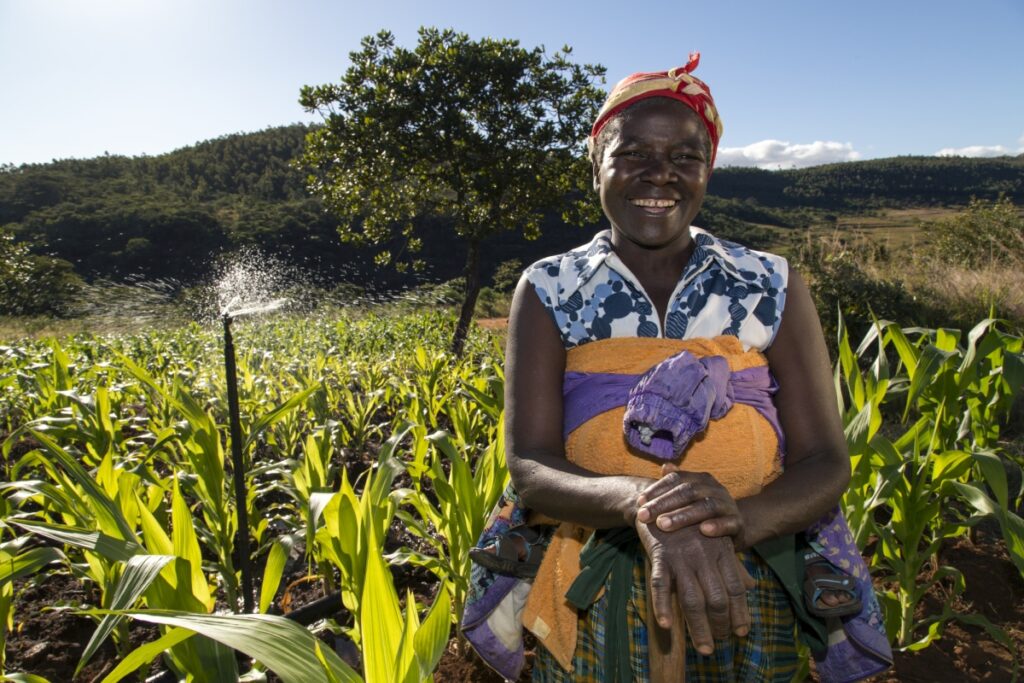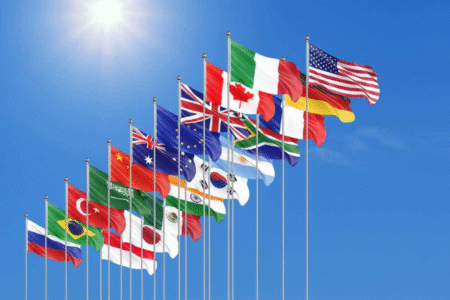- Africa’s food and agriculture market could reach $1 trillion in 2030 from $280 billion in 2023, with over $60 billion spent on food imports yearly.
- Access to credit poses a significant barrier to private sector investment in Africa’s agriculture sector
- Food and Agriculture Organization (FAO) highlights that around 30 to 40 per cent of food produced in Africa is lost before it reaches consumers.
Africa is a sleeping giant, at least from the agricultural sector. The region’s food and agriculture market could reach $1 trillion from $280 billion in 2023, with over $60 billion spent on food imports yearly.
The numbers in the latter are self-explanatory agriculture in Africa is not only a staple economic activity for most of the population but the region at large.
However, the sector is faced with both promising leads of growth but, at the same time, hurdles, including lack of proper funding leading to persistent poverty and deteriorating food security, resulting in a projected increase in the number of undernourished people from 240 million in 2015 to 320 million by 2025.
On the other side of the aisle, global aid is crucial to realizing Africa’s $1 trillion food economy. According to the World Economic Forum (WEF), the latter can help promote sustainable growth by targeting obstacles, enhancing resilience and unleashing the continent’s agricultural capabilities.
The aid should be effectively and efficiently directed to handle the core causes of the continent’s food insecurity, including infrastructure, logistical challenges and lack of access to finance and digital technology.
“The persistent conflict in Ukraine has substantially impacted Africa, disrupting agricultural production, increasing delays and heightening food security risks. The continent is in the grip of a worsening food security crisis. Shockingly, over 20 per cent of the continent’s population, approximately 257 million individuals, are currently suffering from undernourishment,” the World Economic Report stated in part,
More importantly, there is a matter of food production loss to be handled. Across the board, one-third of the world’s food production is lost or wasted annually, resulting in economic losses estimated at $1 trillion.
In Sub-Saharan Africa, the latter stood at approximately 37 per cent, equivalent to 120 to 170 kilograms per capita annually. The report points out that the challenge of infrastructure and logistical operations is a contributing factor to this crisis.
The Food and Agriculture Organization (FAO) highlighted that around 30 to 40 per cent of food produced in Africa is lost before it reaches consumers.
Read Also: Climate-smart agriculture: balancing food security with climate goals
Supporting Africa’s food and agriculture market
There is no doubt that access to credit poses a significant barrier to private sector investment in Africa’s food and agriculture market, with the African Development Bank estimating an annual financing shortfall of up to $65 billion. Creating a conducive policy environment for the financial sector to offer more business and financial tools to agricultural small and medium enterprises (Agri-SMEs) is essential.
Additionally, the government could incentivize banks and other financial institutions to develop specialized financial products, such as flexible credit lines or leasing arrangements, to meet the unique needs of Agri-SMEs.
Similarly, partnerships with governments, businesses, NGOs, and institutions such as USAID, as well as resources and expertise, can be fused to invest in technology-driven solutions tailored to Africa’s unique needs.
Africa at large needs to champion the development of solar-powered refrigeration systems. The latter enables the production of electricity essential for cold storage a critical unit for extending food produce shelf life, mitigating post-harvest losses and preserving product quality.
Doubling down on the matter, investment in e-procurement platforms that cater financial credit to food businesses is essential. According to WEF, these platforms provide quick and convenient access to funding, eliminating the bureaucratic hurdles often associated with traditional lending processes.
Further down the line, technology is becoming an integral tool for improving agriculture and for Africa to reach its potential it must tap into smart farming. Modern farming methods utilize digital tools such as mobile apps and online marketplaces to connect farmers and stakeholders with valuable information and markets, empowering them to make informed choices.
“Moreover, capacity building ensures that farmers and stakeholders have the requisite skills and knowledge to utilize technology in agriculture effectively.
These different approaches will enhance agricultural productivity and improve food security. For example, in Nigeria, programmes such as the Agricultural Development Programme adopt and use improved agricultural production, processing and utilization technologies.
The programme provides smallholder farmers with training initiatives covering smartphone utilization and agricultural applications, enabling them to use their mobile devices to access market data, weather predictions and financial services,” the World Economic Forum report stated.
Africa’s stakeholder’s bid
Further down the line, the AfDB sees the same as its forecast pins the potential surge in the food and agriculture market from $280 million annually to $1 trillion by 2030.
The region is also fused with various support systems, enabling the transformation of the region’s economic potential. Stakeholders such as Yara East Africa are paving the path towards harnessing the region’s agricultural potential. The company launched Yara Shujaa Knowledge Exchange, an initiative to facilitate the knowledge exchange of sustainable farming techniques and benchmark best practices.
On the bright side, African Development Bank Group President Akinwumi Adesina called for a coalition of public commitment and private sector finance to awaken Africa’s “staggering” agricultural potential, establishing the stage for the continent to feed itself and contribute to global food security.
The AfDB president brought forth the call during the World Economic Forum “Food and Water for All” panel discussion in Riyadh.
The agricultural sector could be an equalizer, particularly to most of the African population employed.
Africa’s economic projections
Africa’s food and agriculture market growth is hinged upon ground operations to hold the main economy together. The region is becoming a hotbed for interesting development across the board. According to the World Bank, increased private consumption and declining inflation support an economic rebound in Sub-Saharan Africa.
Further, the bank’s latest Africa’s Pulse report noted that transformative policies are needed to address deep-rooted inequality to sustain long-term growth and effectively reduce poverty.
“The report projects that growth will rebound in 2024, rising from a low of 2.6 per cent in 2023 to 3.4 per cent in 2024 and 3.8 per cent in 2025. However, this recovery remains tenuous. While inflation is cooling across most economies, falling from a median of 7.1 to 5.1 per cent in 2024, it remains high compared to pre-COVID-19 pandemic levels. Additionally, while growth of public debt is slowing, more than half of African governments grapple with external liquidity problems, and face unsustainable debt burdens,” the World Bank report stated.
At the end of the day, Africa can leverage digital technology and sound collaboration to unlock the African Continental Free Trade Area (AfCTA) ‘s massive potential and bring the $1 trillion agricultural potential.
Read Also: Hydroponics: A Potential Way to Revive Agriculture in Africa











